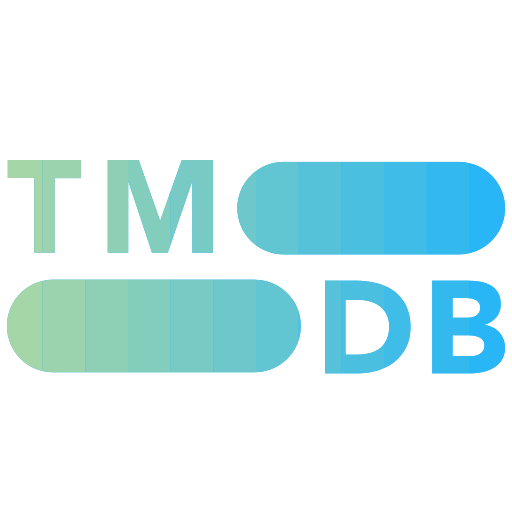South Park: Bigger, Longer & Uncut (1999)

Overview
In this feature film based on the hit animated series, the third graders of South Park sneak into an R-rated film by ultra-vulgar Canadian television personalities Terrance and Phillip, and emerge with expanded vocabularies that leave their parents and teachers scandalized. When outraged Americans try to censor the film, the controversy spirals into a call to wage war on Canada and Terrance and Phillip end up on death row, with the kids their only hope of rescue.
Starring Cast
Where to watch
Bias Dimensions
Overview
In this feature film based on the hit animated series, the third graders of South Park sneak into an R-rated film by ultra-vulgar Canadian television personalities Terrance and Phillip, and emerge with expanded vocabularies that leave their parents and teachers scandalized. When outraged Americans try to censor the film, the controversy spirals into a call to wage war on Canada and Terrance and Phillip end up on death row, with the kids their only hope of rescue.
Starring Cast
Where to watch
Detailed Bias Analysis
Primary
The film's central thesis critiques parental moral panic and censorship, advocating strongly for freedom of speech and individual judgment over authoritarian control, which aligns with left-leaning/libertarian values.
South Park: Bigger, Longer & Uncut features a diverse cast of characters, but does not engage in explicit DEI-driven recasting of traditional roles. The narrative offers a broad satire that indirectly critiques traditional authority figures and institutions through their actions, rather than explicitly centering on DEI themes.
Secondary
The film offers a net positive portrayal of LGBTQ+ characters. Big Gay Al is a well-adjusted and affirming figure, while the prominent same-sex relationship between Satan and Saddam, though abusive, critiques the abuser rather than the relationship's nature, ultimately showing Satan's growth and agency.
The movie does not contain any action or adventure elements.
The film features established characters from the "South Park" TV series, all of whom maintain their canonical genders from the source material. No characters established as one gender are portrayed as a different gender.
The film is a direct continuation of the animated series, and all established characters maintain their original racial portrayals from the source material. No character canonically established as one race is depicted as a different race.
Viewer Rating Breakdown
Viewer Rating
Combines user and critic ratings from four sources
User Ratings


Critic Ratings


More Like This



















